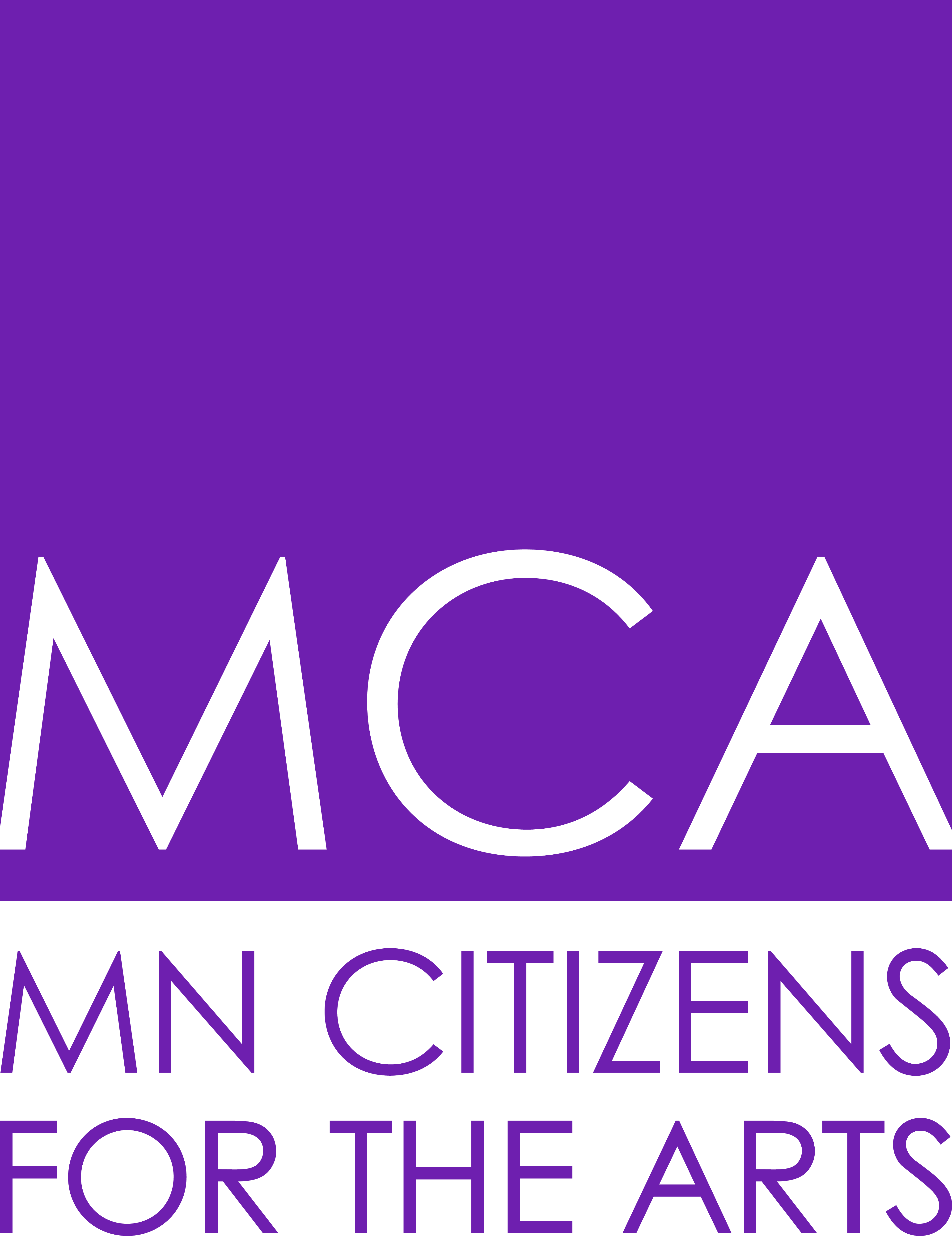Latest Press

 Joe Biden and the Arts: No R.B.G. but a Loyal Promoter of Culture The former vice president has been an intermittent consumer of the arts, but cultural leaders credit him as a key source of government financial support. By Graham Bowley Oct. 30, 2020, 11:21 a.m. ET Joseph R. Biden Jr. is no aesthete. Not many presidential nominees have been, though some, after a stint in the White House, have decided to take up painting — with varying degrees of success. But if Mr. Biden’s tastes run to 1967 Corvettes, Grisham novels and “Crocodile Rock,” he is, nonetheless, someone arts leaders say has always embraced the practical usefulness of the arts as an economic engine, political action trigger and community builder. Mr. Biden’s attitude is “less from a consumer point of view and more about the inspirational value and transformational value of the arts,” said Robert L. Lynch, president and chief executive of Americans for the Arts, a national arts advocacy organization, who has tracked Mr. Biden’s support for the arts for decades. “It’s not, ‘Look, I loved this piece, or this song.’ It’s more about the bigger role of the arts in society.” America already has a good idea of President Trump’s approach to the arts, which largely regards the world of culture as the habitat of effete liberalism and relies instead on promoting his support from celebrity performers like Ted Nugent, Lil Wayne or Kid Rock. Mr. Trump’s signature cultural policy directive has been an effort to strip all funding from the National Endowment for the Arts and the National Endowment for the Humanities, two grant-giving agencies that have, nonetheless, survived despite conservative views that their missions are outside the core responsibilities of government. But Mr. Biden’s perspectives on the arts, and what sort of impact his presidency might have on cultural organizations, has received little attention, particularly in a rancorous campaign dominated by the pandemic, health care and other contention issues. The leaders of cultural organizations say that as a Democratic Senator from Delaware, and then as vice president, Mr. Biden was a consistent advocate for government funding for the arts. Last month, he won the endorsement of the Actors’ Equity Association, the union for actors and stage managers, only the second time in its history it has made a presidential endorsement. (It backed Hillary Clinton in 2016.) “Vice President Biden understands that the arts are a critical driver of healthy and strong local economies in cities and towns across the country,” said Kate Shindle, president of Actors’ Equity, in a statement. Jane Alexander, the actress who was chairman of the National Endowment for the Arts from 1993 to 1997, recalled walking with Mr. Biden from Union Station to Capitol Hill shortly after the Republicans had taken both houses of Congress in the 1994 elections and some were assailing the organization she ran. He was not making fiery speeches, but she said she knew she could count on his support. “He said, ‘You have a very tough job,’” Ms. Alexander said. “I remember him being very sympathetic with the work that I had to do, and he had been supportive of the N.E.A. all along.” So even though he never made culture a focus of his legislative legacy, like Edward M. Kennedy, who was one of the founders of the Senate’s arts caucus, Mr. Biden has received high marks for his voting record from arts executives. As a senator, Mr. Biden co-sponsored the bill creating the American Folklife Center at the Library of Congress, supported initiatives for cultural diplomacy, and in 2001, was one of the original co-sponsors of legislation establishing the Smithsonian’s National Museum of African American History and Culture. He attended the opening as vice president in 2016. “Everything we hoped for, he voted for,” said Mr. Lynch of Americans for the Arts. In comparison to a public figure like Ruth Bader Ginsburg, whose attendance at the opera was routine, Mr. Biden’s profile as an arts aficionado is modest, his regular trips with his family to see Broadway shows notwithstanding. As vice president for eight years, he attended at least seven events at the Kennedy Center, including a National Symphony Orchestra program, a Washington National Opera gala, a theater master class, a ballet performance and the opening concert for the 2016 Ireland Festival, according to Eileen Andrews, a spokesman. The Bidens also hosted a reception for Alvin Ailey American Dance Theater at the vice president’s residence in Washington. Cultural officials at the Delaware Theater Company, the Delaware Art Museum and Wilmington’s Grand Opera House describe him as a supportive presence, if an infrequent visitor. In 2012, a museum official recalled, Mr. Biden and his wife, Jill, attended the opening of an exhibition of works by the Delaware artist Mary Page Evans, a friend, whose works they hung in the vice president’s residence in Washington, the official said. And Mr. Biden appeared at the Grand Opera House for political events with Barack Obama, spoke on a tribute video for the theater, and in 2018 spoke onstage during his “American Promise” book tour. “If you are unable to show up at a museum every week, or every month, we are going to figure it’s because you are out there doing what you do best,” said Tina Betz, director of cultural affairs for the city of Wilmington. “We need him in Washington banging his fist, stamping his feet, making sure the N.E.A. and the N.E.H. stay intact.” As vice president, Mr. Biden is credited with helping negotiate the 2009 stimulus bill in the wake of the financial crisis that included $50 million for the arts that many institutions viewed as critical. “We had a lot of resistance from members of Congress, especially on the Senate side to get this money in there,” said Nina Ozlu Tunceli, executive director of the Americans for the Arts Action Fund. “The only way it got in there was an agreement between Nancy Pelosi and the White House, and Joe Biden was the lead negotiator for the White House and Nancy Pelosi was the lead negotiator for the House. It was handwritten into the deal in the last minute.” The Obama administration was the first to enter office with a presidential arts platform. So far, Mr. Biden’s current campaign has not come forward with a similar program of specific policies for the arts, though the Democratic platform acknowledges the economic worth of the arts and in an interview in August with Lin-Manuel Miranda, Mr. Biden went further. “The future of who we are lies in the arts,” he said. “It is the expression of our soul.” The White House of John F. Kennedy, who had Robert Frost read a poem at his inauguration, is often cited as one where the importance of the nation’s cultural life was made manifest with the routine celebration of artists at state dinners and other events. But the John F. Kennedy Presidential Library and Museum suggests in its presentations that J.F.K. was not a cultural sophisticate but rather a person who preferred Broadway show tunes over Beethoven. It quotes Jacqueline Kennedy as quipping that his favorite song was “Hail to the Chief.” Mr. Biden’s taste in music, based on his playlists, runs toward the Beatles, Springsteen, Coldplay and Rod Stewart. The band he would like to play with, he has said, is the Chieftains, the Irish folk group. (He said he would sing “Shenandoah.”) His favorite film, he has said, ?????is “Chariots of Fire.” James Joyce is among his favorite writers, an affinity for Irish culture that links up with Mr. Biden’s heritage. His taste in poetry also runs toward the Irish. He quoted from“The Republic of Conscience” by Seamus Heaney, the Irish poet, when President Obama awarded him the Presidential Medal of Freedom in 2017. Poetry has had a great impact on Mr. Biden’s life. As a boy, he has often recalled, he stuttered badly and was bullied at school. To cope he memorized long passages of works by writers like Emerson and Yeats, reciting them alone to his bedroom mirror so he would learn to relax his face and gain confidence. “Meek young men grow up in libraries,” was a favored Emerson quote. Today, as a politician now known for his loquacity, he regularly quotes from Heaney’s “The Cure at Troy.” He recited some of it during his acceptance speech in August at the Democratic National Convention. Politics, of course, is not poetry. Constrained by the realism of budget deficits, the will of Congress and competing claims for other projects, a new president may not be able to put arts at the forefront of his thinking. But a poem can be a powerful campaign tool, as Mr. Biden made evident again Thursday when a favorite stanza from Heaney’s “Cure at Troy” went out on the candidate’s Twitter feed. Graham Bowley is an investigative reporter on the Culture Desk. He also reported for The Times from Afghanistan in 2012. He is the author of the book “No Way Down: Life and Death on K2.” |
 Facebook
Facebook Instagram
Instagram YouTube
YouTube Twitter
Twitter Home Page
Home Page